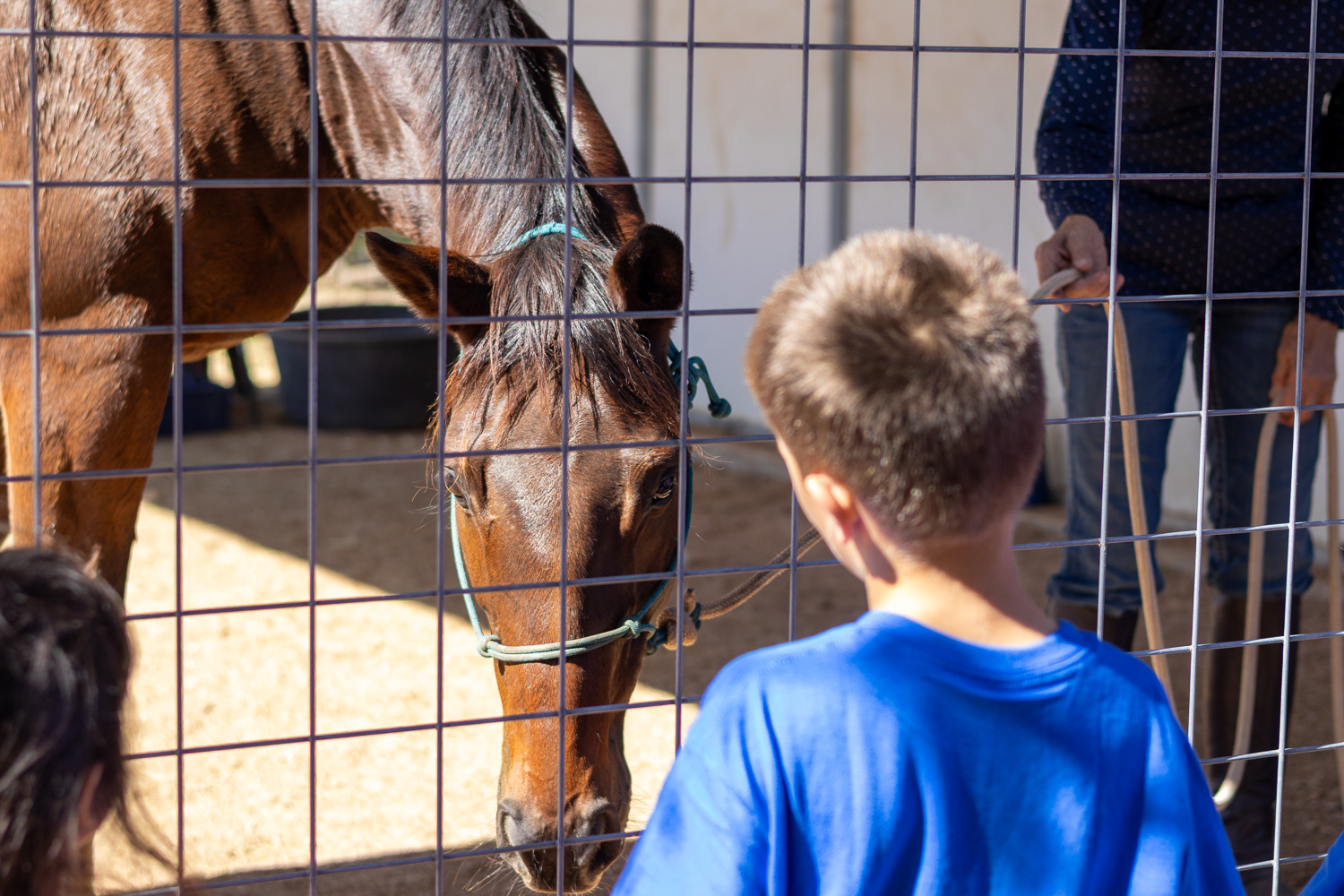I have talked about Lightening Ball (aka “LB”) several times in this blog. LB was donated to LOPE by his first race owners (Bob and Pat Orth). They had owned LB at the height of his racing success, back when he was Texas Three Year Old of the Year in 1999. Even long after they no longer owned LB, they still followed his racing career. In 2005, LB was running in $4500 claiming races at Mountaineer Park. He was nine years old then, and the Orths were concerned about his future. They claimed him back, just so they could retire him and eventually donate him to LOPE!
For those of you who have read my book about LOPE, you already know that by 2005 LB had developed a reputation at the track as a difficult horse. I never saw him that way (though I certainly appreciated that he was a very sensitive horse with a big personality), and over time, LB and I developed quite a bond. Although he probably was better suited for a more advanced rider, LB decided he liked me — and so our riding adventures began.
LB retired from the track sound — the only signs of his long racing career were two faint osselets on his front ankles. Tall, well-built and surprisingly agile for his size, LB was a formidable athlete and a terrific example of the Thoroughbred breed.
I did many things with LB. We went to a Tom Curtin clinic and learned about the many foundation gaps that both LB and I had. At that time, I mostly rode LB in a western saddle — we even went to Tom Curtin’s winter camp and learned how to do a little work with cows (even though LB wasn’t too sure if he liked them or not).
Eventually, though, I could see LB was a little frustrated. He would move slowly off my aids (such as they were), and had episodes of tension that confused me a little (though he was always careful to take care of me). I sensed something about my approach just wasn’t working for him, even though he liked me and wanted to please me.
So, over a year ago, I started taking lessons with Janet Manley at Hy Court Farm. Hy Court Farm has been LOPE’s horsemanship sponsor since 2008, and I knew they could help LB (and me) progress to the next level.
For the first few lessons, I rode Western as usual. But as LB began to work more through his back, it became clear that he needed a different saddle. His shoulders and withers simply couldn’t move well in my saddle. Schleese Saddlery stepped in and donated a wonderful, custom fitted saddle for LB last spring. The change was amazing! LB moved and felt like a different horse — he even won his class at his first horse show!
But there was more work to be done — specifically, by me on my riding technique. I had developed many poor habits over the years, and because I didn’t learn to ride until I was an adult, I also had several gaps in my education.
LB in some ways represents the classic OTTB. He is talented, attractive and very athletic. Like many OTTBs, he can occasionally have moments of tension under saddle too. So often, it is easy to dismiss these episodes as being due to the “TB temperament” — but the reality is that LB is an individual horse, with unique responses and experiences. The racetrack can often produce wonderful athletes with less than ideal foundations in place for activities besides high-powered racing, but that might also be said of the cutting horse or upper level dressage worlds too.
As a rider, I finally realized that it was MY responsibility to help LB work through his concerns and uneven education — it wasn’t appropriate to just write off any undesirable or unexpected reaction in LB as being outside my control.
So I got to work fixing and educating myself — a long, slow, sometimes frustrating (but always rewarding) process. Over the past months, I have begun to understand more about equine biomechanics, the importance of straightness to the horse, rein aids (and why I should not fear them), taking ownership of my riding and my horse’s needs under saddle, the reason why hind-fore diagonals are so key to the horse and rider, how interfering with the horse’s neck carriage can be so detrimental, why my posture is more important than my muscle strength, what is truly “lightness” in a horse and the difference between leg movement and back movement in assessing cadence in the horse’s stride. And that’s just a quick list off the top of my head. Wow!
I’m still nowhere near perfection as a rider. But, thanks to LB and Hy Court Farm, I am an improving rider as well as a serious working student of the field of horsemanship.
Stay tuned for more details on my journey with LB and the other LOPE horses during my working student adventures!






